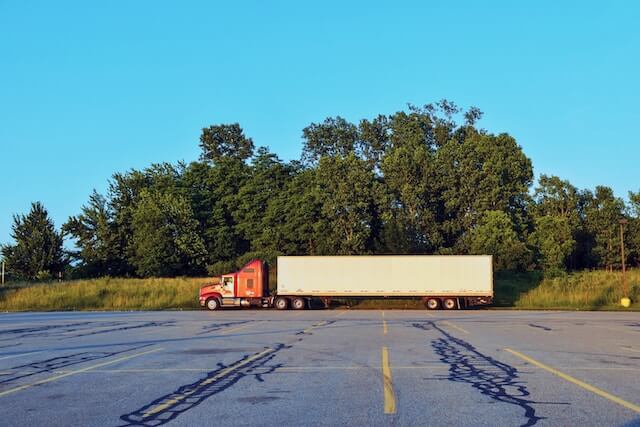There are many freight solutions available, so understanding them makes it easier to choose the right fit for your needs. FTL and LTL are the most commonly used methods for transporting cargo from one point to another. However, there is a clear difference between these shipping methods. Businesses need to understand the advantages of each so that they can choose the method that guarantees effectiveness.
Full truckload
Full truckload transport refers to large shipments that fill up a single truck. The company will hire a dedicated truck to transport its goods. This transportation method is commonly used for bulky cargo. The freight remains on a single truck along the journey. With this, the arrival time is shorter. The process cuts down loading and unloading the freight and storing it in warehouses. Therefore, companies can rest assured their cargo isn’t prone to damage when handling. The truck carries cargo from only one company. Consequently, the method is ideal for transporting bulky cargo or goods of high value.
The full truckload method is costlier. Companies can obtain full truckload quotes to be aware of the total cost.
However, this method is quite feasible in certain situations. As we already mentioned, it saves time and prevents damage.
Benefits of FTL
The FTL method is ideal for transporting high-value goods, as it cuts down loading and unloading and prevents damage. With LTL, the driver must drop off and load new cargo along the way, moving the truck freight around to make space. In addition, this cuts down on delivery time. If you’re working with strict deadlines, the FTL model would be ideal.
Less-than-truckload shipping
LTL shipping hosts multiple shipments from different companies. This transporting method is ideal for smaller loads, as it is cost-effective.
The Less-than-truckload shipping method is used for cargo that doesn’t take a whole load. The freight in LTL is operated by various warehouses that sort and load the goods. The cargo is organized in a way that guarantees efficiency. The model is ideal for parcel-type shipments located in distribution centers. The cargo takes less space, so this method is relatively cheaper. Therefore it is perfect for small businesses that handle less cargo and want to save on shipping.
However, paying less for shipping doesn’t mean you will save, mainly if you work with specialty goods. The LTL shipping method has drawbacks you must consider before making a final decision. The freight will be stored in warehouses and sorted, postponing the arrival time. Since the cargo is moved between trucks and warehouses, it can experience damage due to handling.
How is the rate calculated?
The rates for FTL and LTL are calculated in different ways. For a full truckload, the following things will be considered: mileage, shipment size, and additional services. The general cost is calculated by the distance. If you have specific needs for services, they will be added to the total costs.
The LTL shipping rates are based on the cargo weight. Therefore you will pay depending on the weight or number of pallets. As we already explained, this shipping method is a better option for shipping small amounts of cargo.
Final take
FTL and LTL are the most common shipping options for companies. Both of them have their advantages, so stick with the choice that best suits your needs. FTL is more suitable for shipping oversized cargo, large amounts, or valuable goods that can be easily damaged during transition. On the other hand, LTL is a good option for small businesses looking to cut down shipping costs and work with small amounts of goods.
















